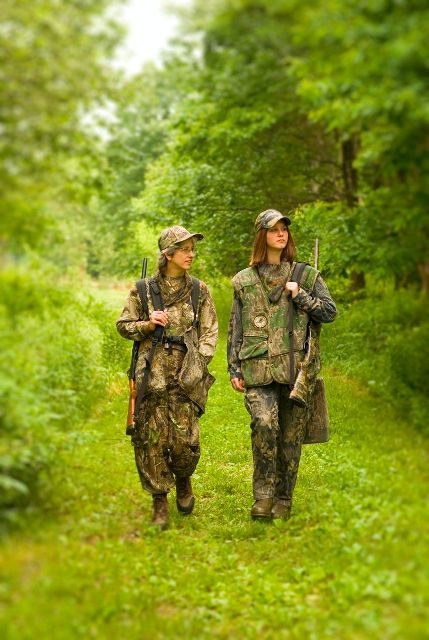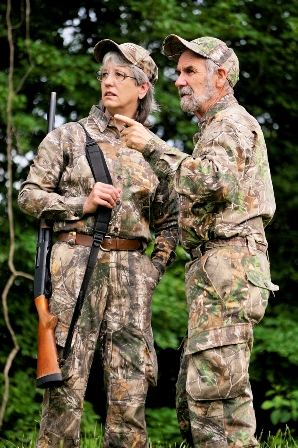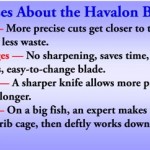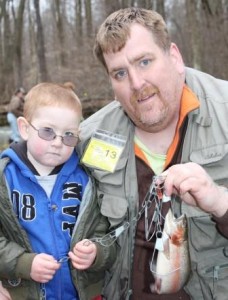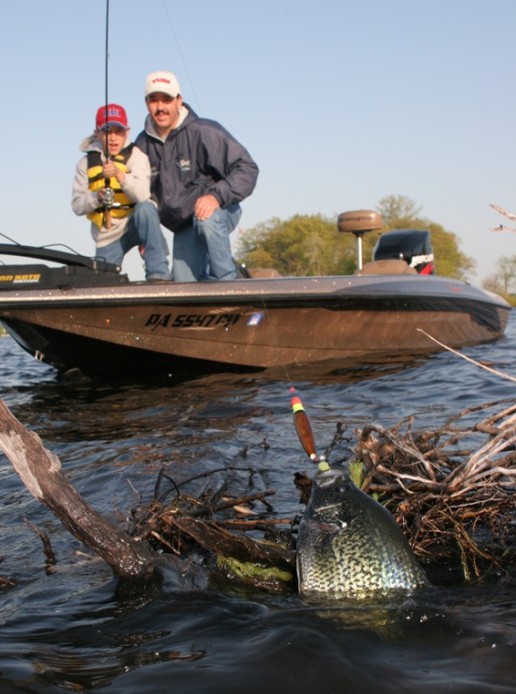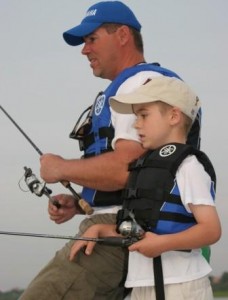By Ron Spomer
Your binoculars and spotting scope were expensive – now here’s a free lesson in how to use them!
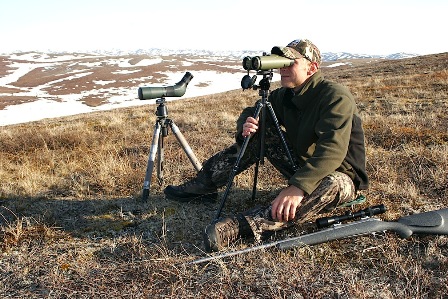
To do a thorough job, you’ll need both binoculars and a spotting scope. When you find something through the binos, switch to the spotter for a better look.
So, you made the wise choice and invested in a top-quality binocular and spotting scope. Too many hunters protect their binocular by storing it in a case. I’ve yet to see a binocular reveal a big game animal used in that manner. Take it out. Wear it. And use it BEFORE you see game, not after you’ve bumped it by walking first and looking later. Carry your spotting scope already screwed to a tripod. Stuff it in your pack or strap it to the outside, ready for instant use.
Optics will give you a huge advantage over your quarry, bringing it 6 to 60 times closer. You’re able to become a spy – an undercover agent with a great big eye – so it would in your best interest to invest in learning how to use it.
1. The basic ground rules
Glassing for game is a matter of organization and looking for little things in the usual places. In other words, don’t glance at a hillside over there, then jump to the creek bottom over here before giving a quick look at a meadow on your left. And don’t stare into a wheat field at noon for bedded mule deer. Look where game is most likely to be at the most likely times. And don’t look for the whole animal. Look for parts. A back line here. The vertical white edge of a tail there. The glint of an antler, wet nose or eyeball. Glass the slopes, shadows, boulders, brush edges.

Eye fatigue is one thing. Arm fatigue is another. Don’t freehand your binoculars. Use a rest to hold them steady and to keep your arms from tiring.
2. At dusk and dawn
This is the time to concentrate on feed fields and travel routes because game should be moving. At midday scour bedding cover. Easier said than done. The world is a big place, so divide it up. Let’s consider a typical western mountain slope. On top you have snowfields, then alpine tundra, then thickening forest, perhaps dotted with meadows. At the bottom deciduous trees may thin, giving way to cottonwoods and grassy openings along a creek. If it’s morning, game will likely be feeding in meadows or in valleys. Soon it will begin moving up into security cover. So glass that creek bottom first, giving it a quick scan. Then jump to the closest meadows and work through them. Finally, jump to the alpine. Next, go back and do it again, but more carefully, watching for bits and pieces. Game can remain quite still even while feeding, and a single tree can camouflage them sufficiently. Give them time to move.
3. During late morning and afternoon
After mid-morning, watch meadow edges. Elk and mule deer often nibble at the wood’s edge, reluctant to retire. Even at mid-day they often rise for a quick snack in the open. Continue checking. Scour likely bedding sites in more open, broken, rocky and brushy habitats. If it’s hot, look in the shade and examine north slopes.

Binoculars and a spotting scope break a breathtaking scene down into manageable sections for close analysis.
4. Break the landscape into sections
If an area overwhelms you (too much country), break it into manageable sections. Usually there are vertical lines like draws or tree strips that define distinct areas. Sometimes horizontal ledges create boundaries. Lone trees or giant boulders can be markers. Use these natural lines to define areas and scour them top to bottom or side to side in a grid pattern, holding on suspicious locations where a “rock” might just transmogrify into a bedded buck. Don’t be afraid to draw a crude map of the terrain and check off each area after you’ve scrutinized it.
5. When to switch to the spotting scope
The big question is when to use the spotting scope. Anytime you think you need it, but usually after you’ve done a thorough job with the binocular. The wider field-of-view with lower magnification increases your chances of spotting moving game. Higher magnification costs field-of-view, but buys a more revealing look. I usually scan first with naked eyes for anything close and obvious, then do the same with the binocular a bit farther out, then sit behind the spotter for some serious pickin’ and starin’.
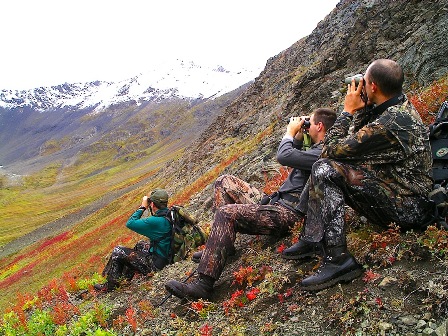
More than one pair of eyes is always an asset. When you find something using your binoculars that’s hard to identify, everyone should take a look. Check it out from a different angle, too.
6. Spotting scope protocol
No matter what I’m using, I soon begin to wonder if I’m missing moving game elsewhere, so I’ll frequently stop and scan likely areas. Then I go back to picking apart distant terrain, piece by piece. In the real world, two or three hunters are usually working together, so while one continues checking here and there and everywhere, another scours a particular area with a binocular while another bears down with the spotting scope. I almost always start with the spotter on 20X and crank it up only when needed to qualify a suspicious sighting. Rarely I scan country at a mile or more at 45X and higher. The air isn’t often clear enough for more power than that. We always use the spotter at the highest effective powers to assess antlers.
*BONUS TIP*
If you can’t identify a suspicious object, move to a new angle. We once watched a dead spruce for two hours before moving about 30 yards left for a fresh perspective. It was the antler of a bedded caribou.
***
To learn more important lessons from Ron Spomer click here.
 About Ron Spomer Ron is a rifles/optics columnist for Sporting Classics and North American Hunter magazines and host of Winchester World of Whitetail on NBC Sports. Learn more at (www.ronspomeroutdoors.com)
About Ron Spomer Ron is a rifles/optics columnist for Sporting Classics and North American Hunter magazines and host of Winchester World of Whitetail on NBC Sports. Learn more at (www.ronspomeroutdoors.com)
[hs_action id=”7771″]
7,153 total views, no views today


